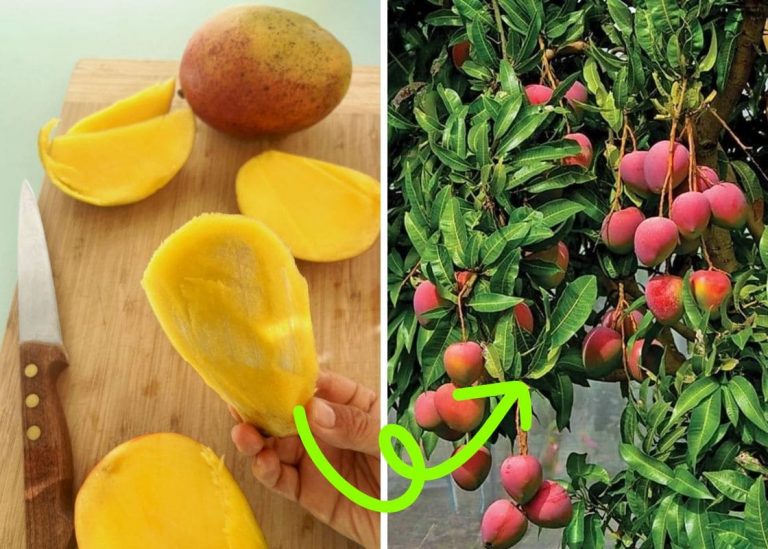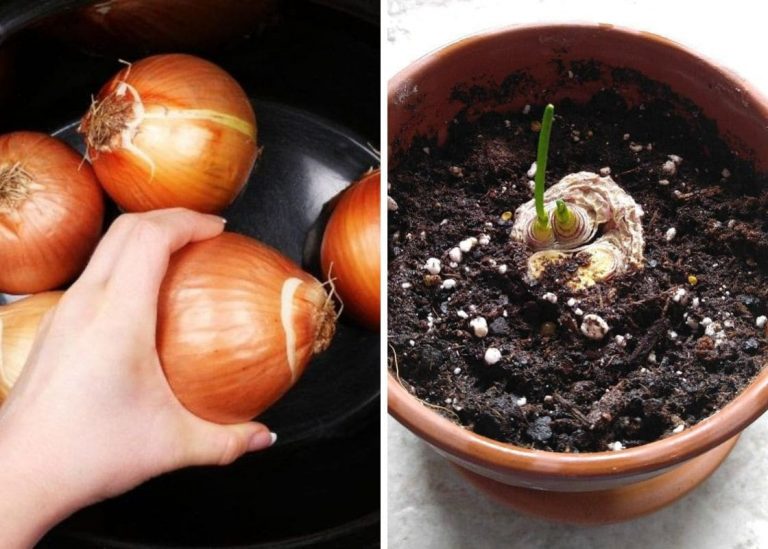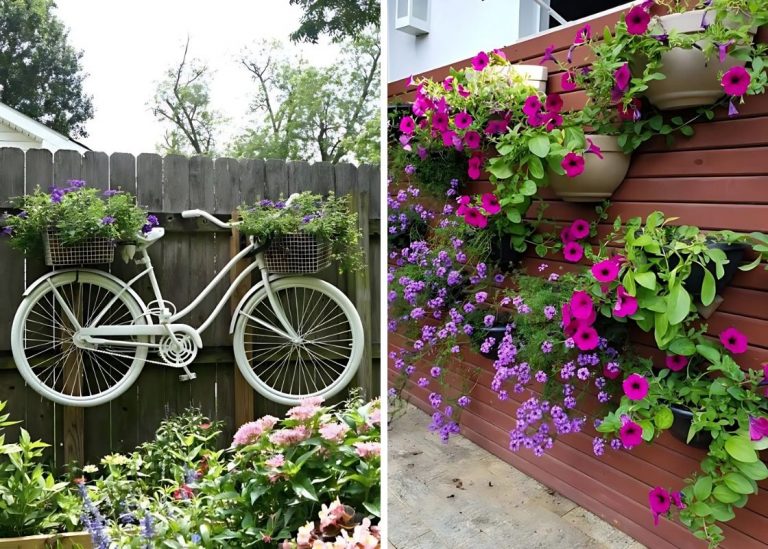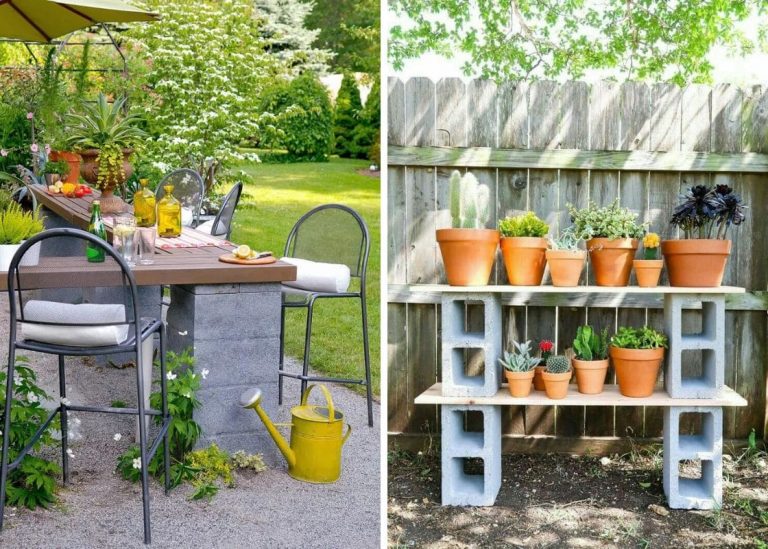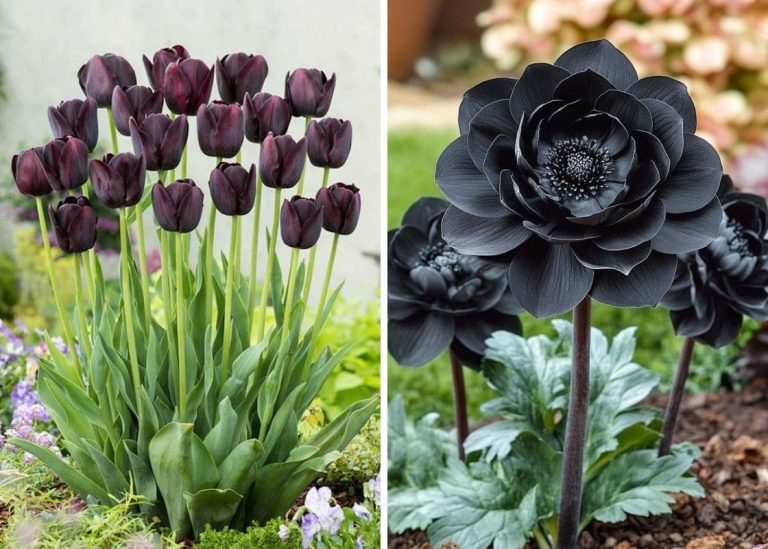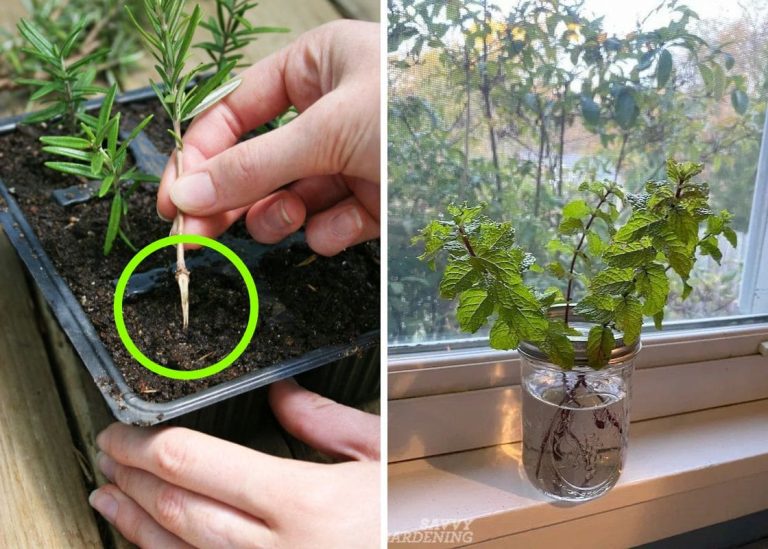How to Care for Petunias: A Complete Guide to Thriving Blooms
I didn’t set out to fall in love with petunias, but everything changed when I spotted them bloom spilling over a neighbor’s porch railing, like a velvet waterfall kissed by sunlight. They didn’t just catch my eye—they stopped me. There was something so joyful, so defiantly bold about those flowers, blooming like they had nothing to prove.
That same day, I went home with a tray of mismatched petunia starts—soft pinks, vivid magentas, and some pale yellows that reminded me of lemonade. I didn’t know much then, just that I wanted that kind of beauty in my life.
Since then, petunias have become part of my rhythm each growing season. I’ve learned through trial and error, cheerful success, and the occasional droopy disaster. I’ve chatted with seasoned gardeners at the farmer’s market and swapped notes with friends who swear by fish emulsion or banana peel compost.
So, whether you’re new to petunias or looking to get the full show out of them this year, I’d love to share everything I’ve gathered—what works, what doesn’t, and all the small joys in between. Let’s talk about how to help these charming, colorful wonders truly thrive.
#1. Choosing the Right Petunia Variety

I used to plant whatever looked prettiest at the nursery—until I realized not all petunias behave the same. If you want a bold border filler, go for Grandiflora—their blooms are dinner-plate big, but they hate the rain. Multiflora are sturdier, ideal for unpredictable weather and large beds.
But here’s a tip from a local container gardening class I took last spring: Milliflora petunias are perfect for tiny pots and thrive in balcony gardens. I’ve used them on my stairway shelves, and they bloom non-stop with hardly any fuss.
If you live in a windy or rainy area, avoid Grandiflora unless they’re protected. Rain can batter their large blooms into mush.
#2. Ideal Planting Time

Petunias hate frost. One year, I planted them too early—tempted by a warm March weekend—and a surprise frost nipped the tender seedlings overnight. Since then, I always check the 10-day forecast before planting.
For seeds, I’ve had the best luck starting them in old egg cartons under a grow light about 8 weeks before the last frost. Cover lightly with plastic until they sprout. When transplanting, I always harden them off first—gradually exposing them to outdoor air over a few days.
Tip: If your nights still dip below 10°C (50°F), wait a bit longer. A few extra days can save a lot of heartache.
#3. Choosing the Right Location
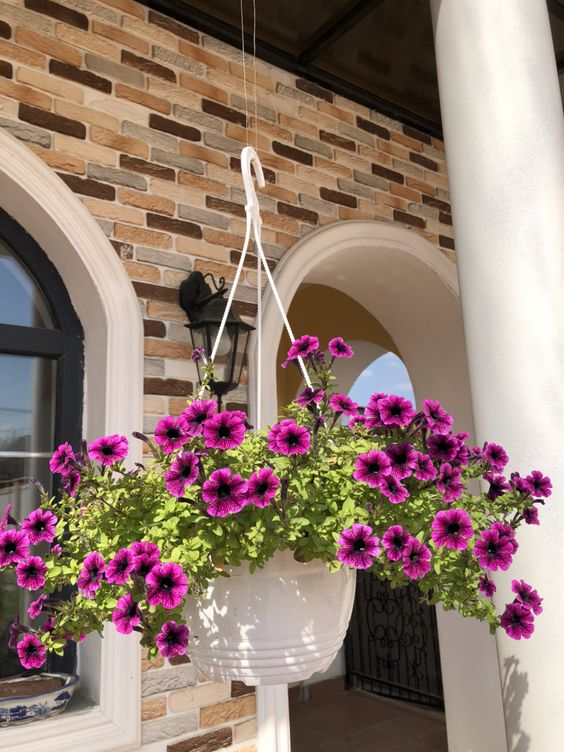
One summer, I planted petunias near a trellis that got only morning light. The plants stretched and leaned, reaching for more sun, and barely bloomed. Moving them to full sun turned everything around.
Give them at least 6–8 hours of direct light—especially afternoon sun. South-facing spots are perfect. In containers, I move mine around to chase the light as the season shifts.
Tip: If your only option is partial shade, try lighter-colored petunias—they seem to reflect more light and bloom slightly better in lower conditions.
#4. Soil Preparation
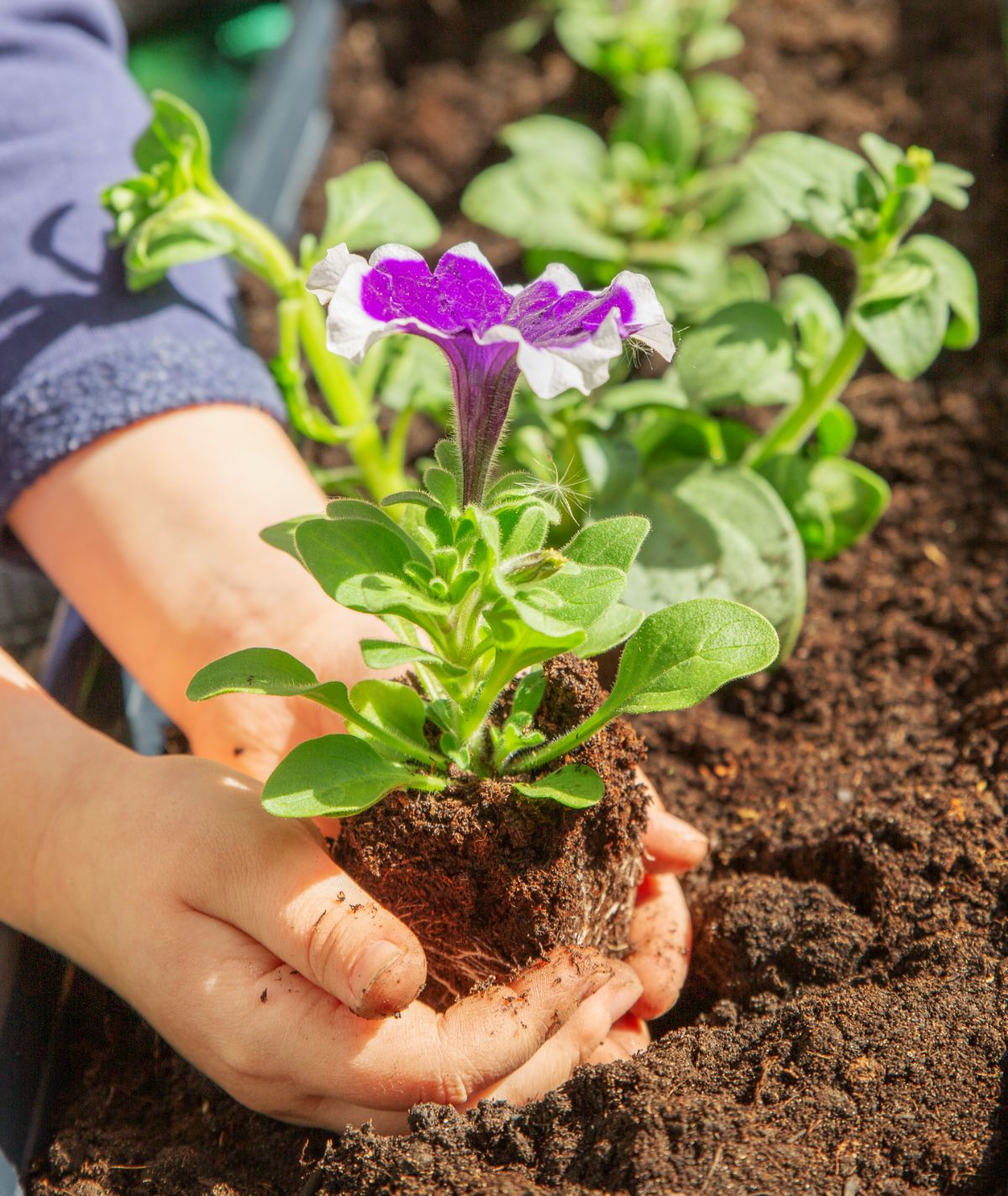
Petunias are picky about drainage. After my first year of soggy, root-rotted petunias, I started using a mix of 60% potting soil, 20% compost, and 20% perlite or coarse sand in containers.
For in-ground beds, I dig in compost, leaf mold, or worm castings at least two weeks before planting. A neighbor swears by rabbit manure for her trailing petunias—and hers are the lushest on the block!
Note: If the soil clumps in your hand and doesn’t crumble when dropped, it needs more aeration. Don’t underestimate the power of compost!
#5. Watering Properly
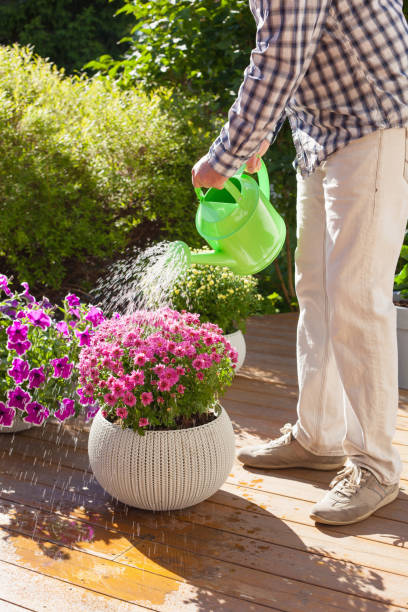
Overwatering was my first big mistake. I thought petunias needed constant moisture, but they hate wet feet. Now I check soil by sticking my finger an inch in—if it’s dry, it’s time to water. I also switched to early morning watering, which keeps leaves dry and mildew at bay.
In hanging baskets, I add a little moisture-retaining gel to the potting mix. It helps during hot spells, especially if you forget a day or two.
Tip: Lift your containers—if they feel light, it’s time to water. A heavy pot still has moisture.
#6. Fertilizing

I once had lush leaves but no blooms. The culprit? Too much nitrogen. Now I use a balanced 10-10-10 slow-release fertilizer at planting, then switch to a bloom-boosting liquid feed (e.g., 10-20-15) every couple of weeks.
I also tried a neighbor’s trick: banana water (soaking banana peels in water overnight) and using it once a month. Surprisingly, it worked beautifully for flower growth—and my marigolds liked it too!
Note: In containers, fertilize more often, as nutrients wash out quickly. Look for signs like pale leaves or sparse flowers—they’re your plant’s way of whispering for help.
#7. Pruning and Deadheading
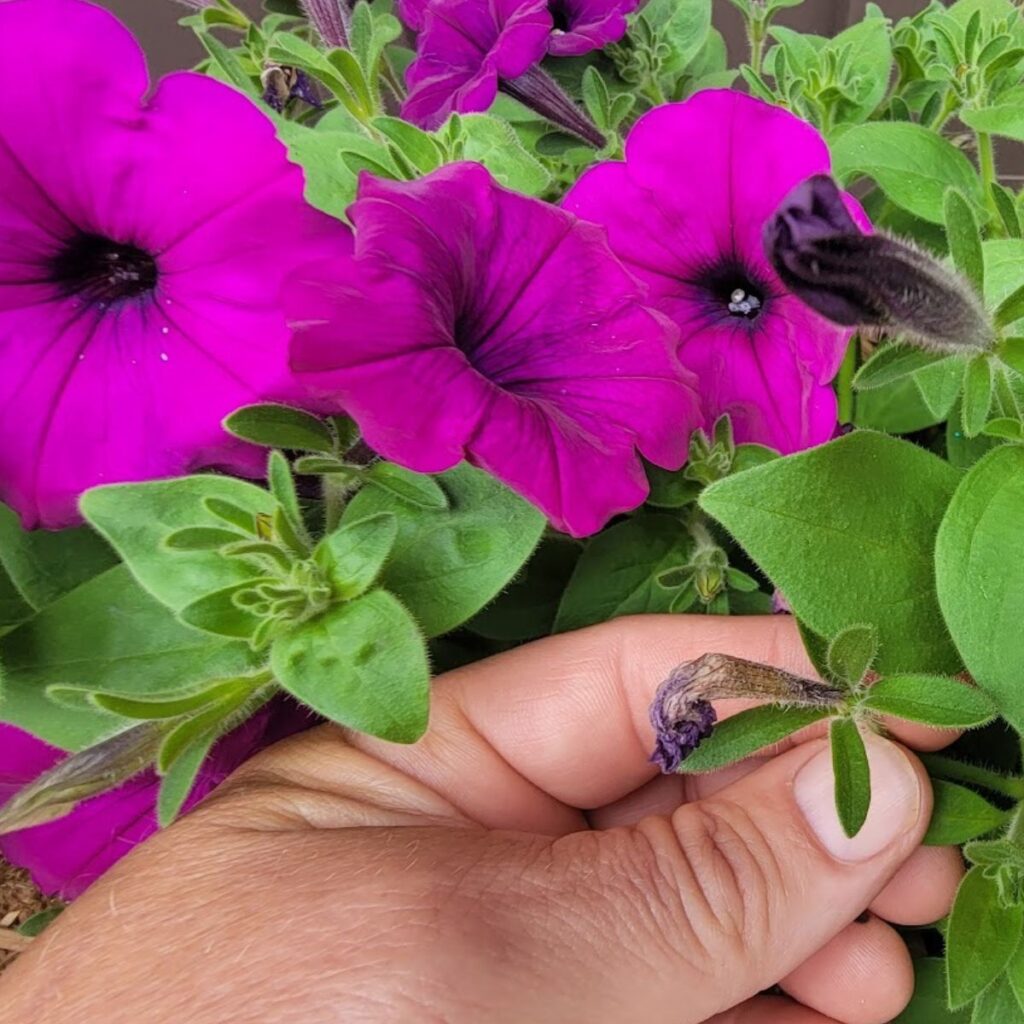
When I learned to deadhead regularly, my garden doubled in beauty. I use thumb and forefinger or snip with scissors when blooms fade. Deadheading encourages new buds and prevents that tired, leggy look.
In midsummer, I often cut plants back by half—it looks brutal for a week, but the regrowth is thick, bushy, and loaded with flowers. Trust the process!
Tip: After trimming, give them a good drink and some liquid feed to bounce back faster. You’ll be amazed how they respond.
#8. Dealing with Common Pests and Diseases

Aphids are sneaky. I once noticed sticky leaves and ants nearby—sure sign aphids were feeding. I now spray a strong blast of water in the early stages or use a neem oil spray (1 tsp neem, ½ tsp dish soap, 1 quart water) every couple of weeks.
I lost a hanging basket to root rot because I didn’t drill enough drainage holes. Lesson learned. Make sure your pots drain well and don’t let them sit in saucers full of water.
Note: Always space petunias apart—even in baskets—to let air move between them. Crowding encourages fungus.
#9. Overwintering
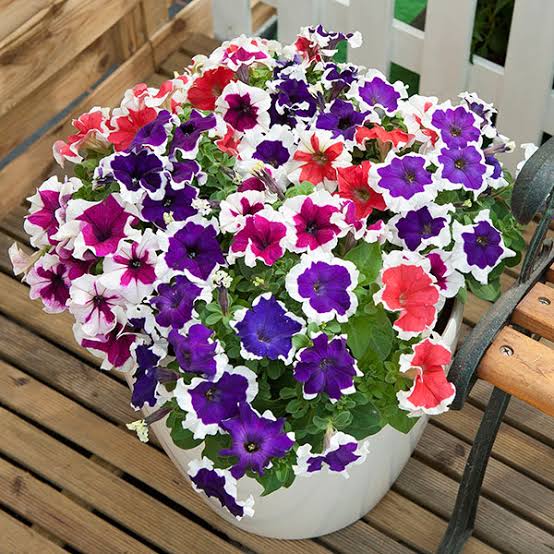
I tried overwintering a favorite purple trailing petunia indoors as an experiment. It sulked for a while but survived near a sunny window. By spring, it was leggy but alive—and I used cuttings to start fresh plants.
For those without sunny windows, taking stem cuttings in late summer and rooting them in water is a great option. Come spring, they’re already prepped for outdoor living.
Tip: Petunias don’t have to die in fall. If you’re attached to a certain plant, try saving a piece of it. It’s surprisingly rewarding.
Final Thoughts
Petunias have a way of turning an ordinary space into a little celebration. They’ve taught me patience, observation, and even a bit of humility. Some years they flourish, other years they teach me something new. But they always give more than they take.
If you’ve ever felt unsure about growing them, I hope this guide reassures you—they’re forgiving, cheerful, and deeply satisfying to grow. With sunlight, a little care, and a lot of love, your petunias will put on a show that’ll have neighbors asking your secret.
So go ahead—pick your colors, get your hands in the dirt, and grow something beautiful. And if something goes wrong, don’t worry. Petunias forgive. And so do gardeners. Let’s grow together. And when yours bloom, send me a photo—I’d love to see what beauty you’re nurturing.

